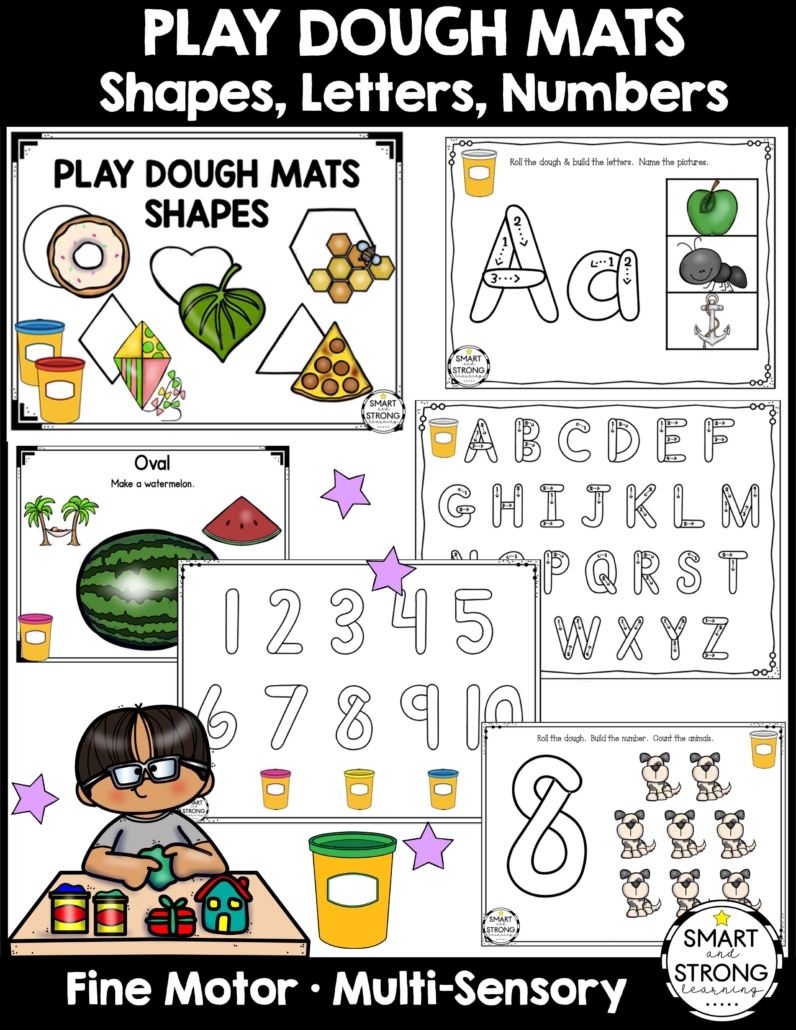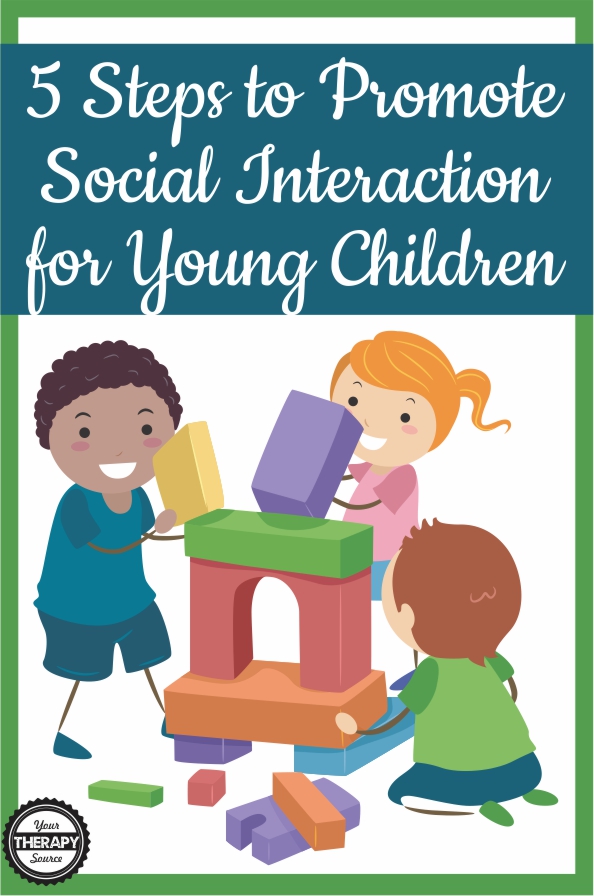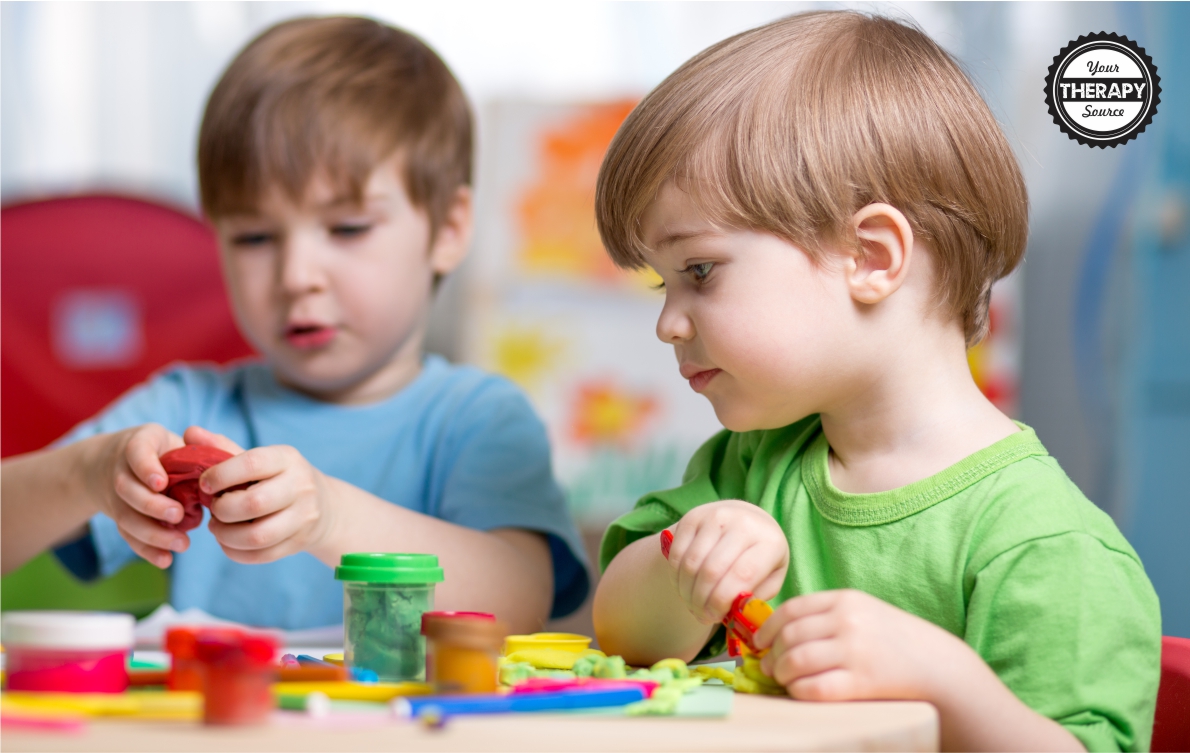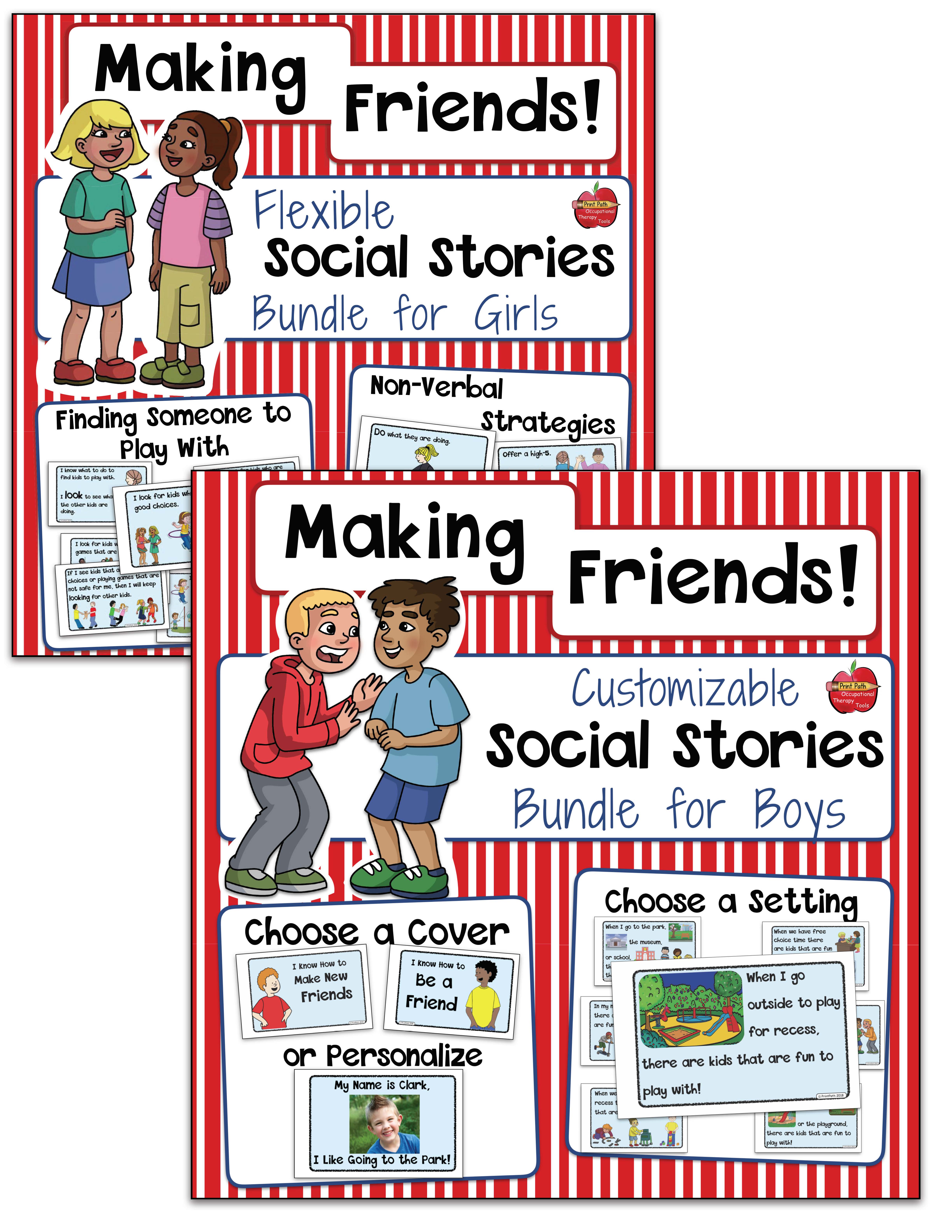How to Promote Social Interaction in the Classroom for Young Children
One of the goals of early childhood education is to encourage social interaction and communication among the children. Teachers and staff must be mindful of how to promote social interaction in the classroom with young children.
When a child with a disability participates in an inclusive setting, social competence is foundational for peer relationships and learning. Inclusive classrooms are an excellent location to begin to foster these skills. Teachers and therapists need effective, evidence-based strategies to facilitate social skills. Here are 5 steps to promote social interaction in the classroom for young children.
5 Steps to Promote Social Interaction in the Classroom for Young Children
Child Choice – Observe what the child prefers during free play time. Look for what activities the child engages with the most. Find peers who also enjoy these activities who might be a good match to increase social interaction. If the child is not engaging in an activity, then find a preferred activity to offer next that may be more motivating.
 Shared Control – Offer and arrange materials so that both participants share control over the items and have to make exchanges in order to continue playing. Encourage independent play without needing an adult to interact. For example, provide supplies that encourage the children to take turns. If children are using play dough, give one child scissors and a rolling pin and the other child cookie cutters and molds to another child. The children will have to exchange tools to use with their own play dough.
Shared Control – Offer and arrange materials so that both participants share control over the items and have to make exchanges in order to continue playing. Encourage independent play without needing an adult to interact. For example, provide supplies that encourage the children to take turns. If children are using play dough, give one child scissors and a rolling pin and the other child cookie cutters and molds to another child. The children will have to exchange tools to use with their own play dough.
Clear Instruction – Once you have determined the preferred play items and how the children with share control, provide clear and concise prompts to encourage social interaction. Model appropriate responses for the children to follow. Ask questions or hold up objects to elicit responses from the children. Teach a peer prompts or responses so adult prompts can fade.
Contingent Natural Reinforcement – Ensure that the desired response i.e. giving the child a toy occurs immediately following the child’s appropriate response or initiation of a response. For example, if a child asks the peer for the rolling pin, make sure that the child receives the rolling pin in the early stages of learning social interaction and communication. As the child progresses with social interaction, determine appropriate ways to naturally provide reinforcement.
Adult Proximity and Communication – Stay close by to monitor social interaction without interfering with natural child-peer interaction. Try not to communicate with their children i.e. narrating or commenting unless you are providing prompts to facilitate social communication between the children. Redirect children as needed to communicate with each other rather than with the adult. For example, if the child asks you a question, prompt him/her to ask a friend instead.
Conclusion on How to Promote Social Interaction in the Classroom
It is important for teachers and therapists to self-assess as they encourage social interaction in an inclusive setting. When a child is having difficulties in this area, collect data on whether you are implementing each strategy to encourage peer interaction. Videotaping free play time may help to provide insight into where improvement is needed.
Whether it be in an inclusive classroom setting or a group therapy session, providing solid, evidence-based social skill interventions are crucial for children to develop social interaction and communication with their peers.
Reference: Robinson, S., & Myck-Wayne, J. (2016). A Teacher Training Model for Improving Social Facilitation in the Inclusive Program. Young Exceptional Children, 19(1), 16-26.
Resources to Help Students with Social Interaction
The Making Friends Social Stories for Girls And/Or Boys digital download offers help for one of the most distressing problems that our students and children face which is the inability to make and maintain friendships. So often what happens between children is out of our direct view and we only hear about what is happening when there are problems. Created by school-based Occupational Therapist, Thia Triggs, the Making Friends Social Stories for Girls And/Or Boys digital resource gives us concrete skills to teach to children, the context to practice skills, and positive language and illustrations so children feel successful at every step of the way. Clear, consistent visual expectations, previously rehearsed scenarios, and specific accommodations help children easily make friends! Designed specifically for students on the spectrum, as well as for children with ADHD, anxiety disorder, and intellectual challenges, this product also has applications for the shy or new child within a given setting.






